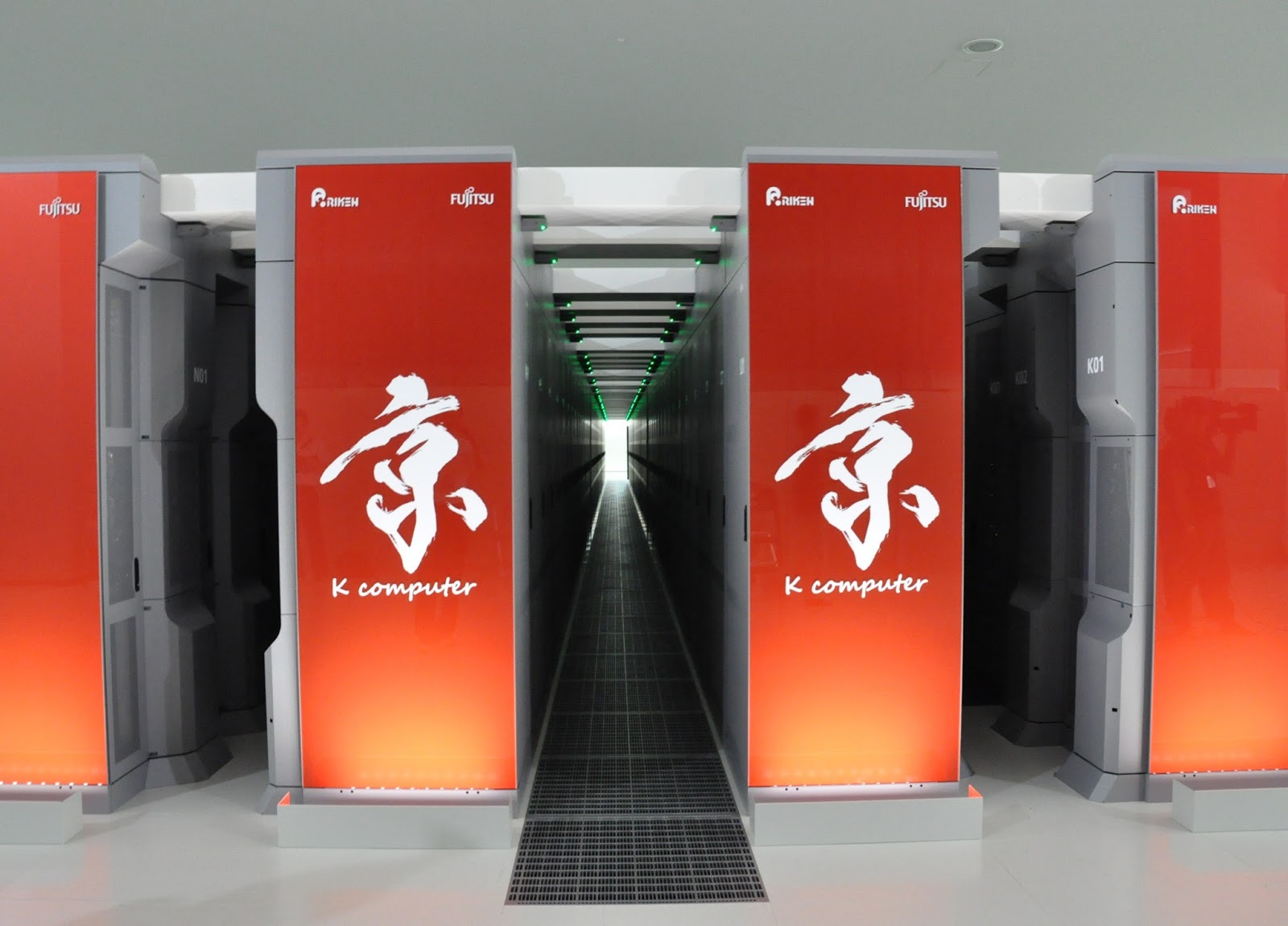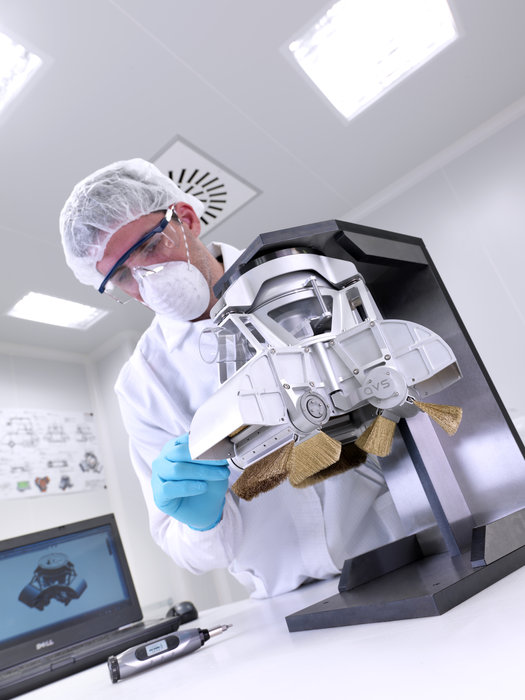The American engineers who created the liquid metal batteries point out that these won’t have a consumer application anytime soon, but are rather aimed at the grid.
Scientists have been very creative lately when it came to new ways of storing renewable energy, but most designs were for consumer electronics. These molten metal batteries, on the other hand, are meant for storing renewable energy in the grid, as there’s no way people could have the conditions for handling liquid metals at a temperature of 450C.

In an interview with BBC News, Prof Ian Fells, a fellow of the Royal Academy of Engineering and former chair of the New and Renewable Energy Centre, commented that “Sometimes, when the wind is blowing strongly, we have spare capacity available – if only we could store it, so that we could use it when the wind isn’t blowing. Using these molten metal electrodes is, it seems to me, a very good idea.”
The project’s senior researcher Prof Donald Sadoway, of the Massachusetts Institute of Technology, explained how the liquid metal batteries are supposed to work: “It’s this back and forth, of the top layer disappearing into the bottom layer to generate electricity, and then reconstituting the top layer by consuming electricity, that gives you the rechargeability of the battery.”
Sadoway added that “We wanted to decrease the operating temperature. We were thinking, we’ll take a bit of a compromise on the voltage, if it’s offset by an even better compromise on the melting point.” The 450C temperature is key to the efficiency of the batteries, and represents a clear improvement over the 700C of a previous design.
Prof Fells pointed out that the cost of this project is much lower than its alternatives: “All of these strategies are scientifically possible – it comes down to the cost. If people can make the case that this one is economic, then it’ll do well.”
Dr Frank Marken, a physical chemist at the University of Bath, while not extremely impressed by the idea, admitted that the MIT engineers have their merits: “It’s not revolutionary in the idea – but it may be revolutionary in terms of the application. One tricky aspect of this is how much do you lose in each cycle? And what they’ve done here is very clever. It needs a higher temperature, but they don’t lose much energy.”
This looks like very good news, even though it might take a while until the whole project is put into practice.
Be social! Follow Walyou on Facebook and Twitter, and read more related stories about the










